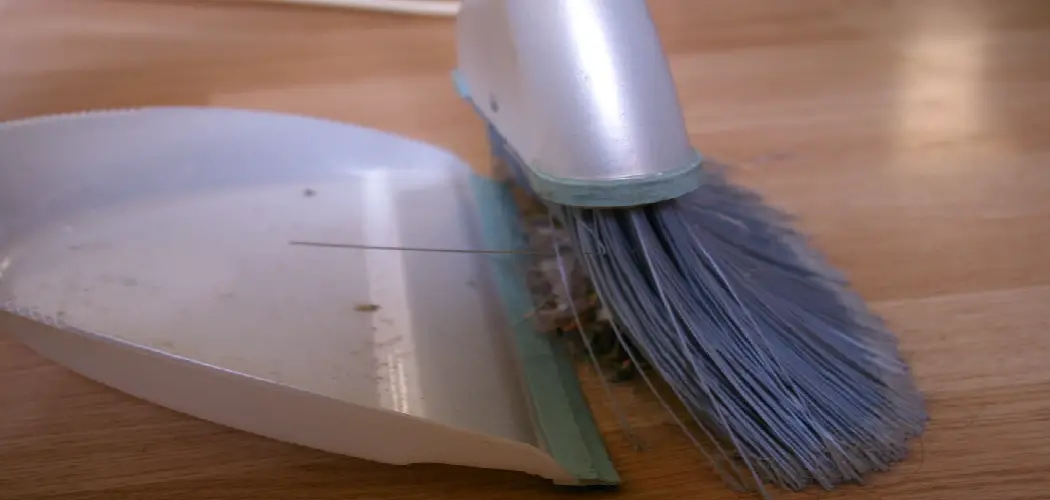Sticky floors are not only an annoying nuisance but also a potential safety hazard, causing slips and spills that can lead to accidents in your home or workplace. If you’ve ever experienced the frustration of your shoes clinging to the floor or the sensation of stickiness underfoot, you know the urgency of finding a solution. Whether it’s caused by spilled beverages, adhesive residue, or just general wear and tear, removing sticky substances from your floors is a task that requires the right approach.
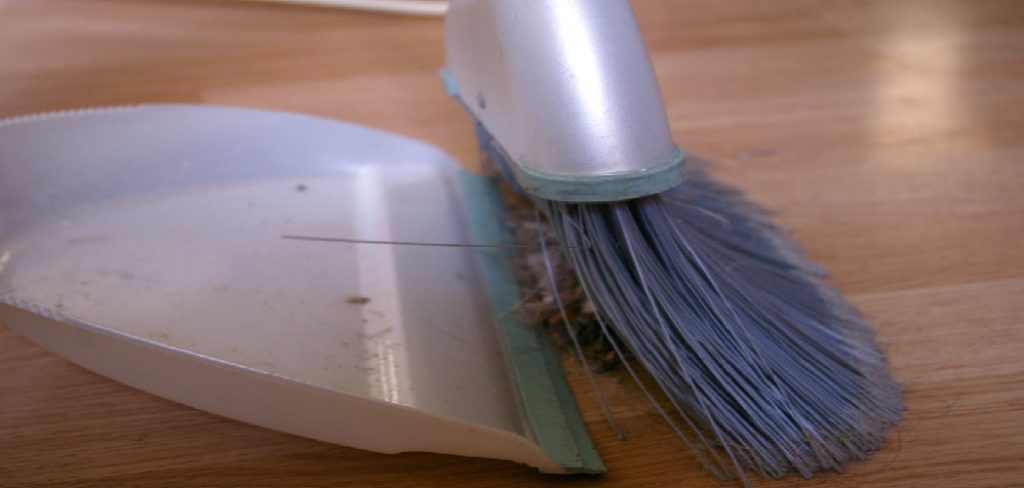
In this comprehensive guide, we’ll explore effective methods for how to get rid of sticky floors, regardless of the type of flooring you have – be it hardwood, tile, laminate, vinyl, or carpet. From homemade remedies to specialized cleaning products and techniques, we’ll provide a range of solutions to restore your floors to their clean and non-sticky state, ensuring a safer and more pleasant environment for all.
The Problem of Sticky Floors
Sticky floors can be a huge inconvenience, not to mention unsanitary and embarrassing. Whether you have dropped food or spilled a drink, the sticky residue left behind on your floor can seem impossible to get rid of. But fear not, there are several simple solutions that can help you tackle this problem and restore your floors to their original shine.
Causes of Sticky Floors
There are several reasons why your floors may be sticky. One of the most common causes is spills and stains from food or drinks. Sugary liquids, such as soda or juice, can leave behind a sticky residue if not cleaned up properly. Additionally, using too much cleaning product or not rinsing it off thoroughly can also result in sticky floors. Another potential cause could be the buildup of dirt and grime, especially in high-traffic areas like kitchens or entryways.
Importance of Addressing Sticky Floors
Sticky floors can be a major nuisance in any home or workplace. They are not only unattractive, but they can also pose significant safety hazards. If you have ever experienced sticky floors, then you know firsthand how frustrating and unsanitary they can be.
Here are some reasons why it is important to take care of sticky floors:
Improved Aesthetics:
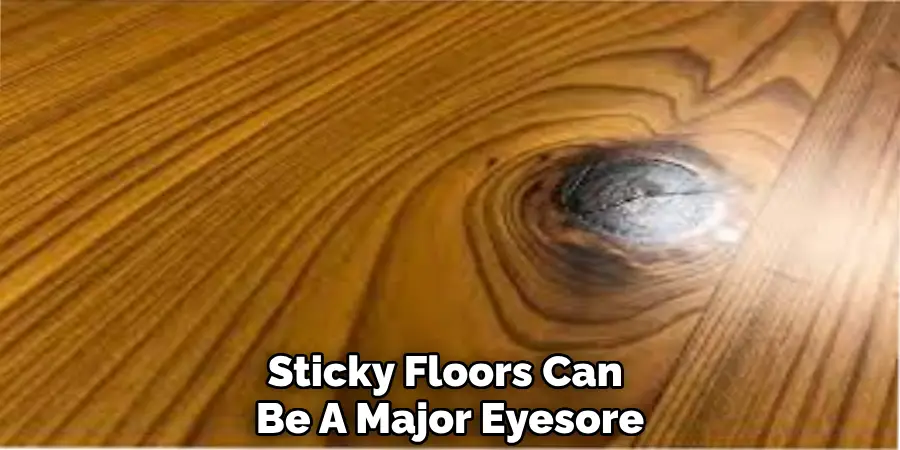
Sticky floors are unappealing and can ruin the overall look and feel of a space. Whether it is in your kitchen, bathroom, or workplace, sticky floors can be a major eyesore. This can also decrease the value of your property if you are looking to sell or rent it out. By addressing sticky floors, you can improve the aesthetics of your space and make it more attractive.
Prevent Injuries:
Sticky floors can cause slips and falls, which can result in serious injuries. This is especially concerning for households with children or elderly individuals who are more prone to accidents. By getting rid of sticky floors, you can create a safer environment for yourself and your loved ones.
Eliminate Unpleasant Odors:
Sticky floors can trap dirt, debris, and spills, leading to unpleasant odors. These odors can be difficult to get rid of and may linger even after cleaning. By addressing the sticky floors, you can eliminate these odors and maintain a fresher and more pleasant environment.
10 Methods How to Get Rid of Sticky Floors
1. Vacuum the Floor
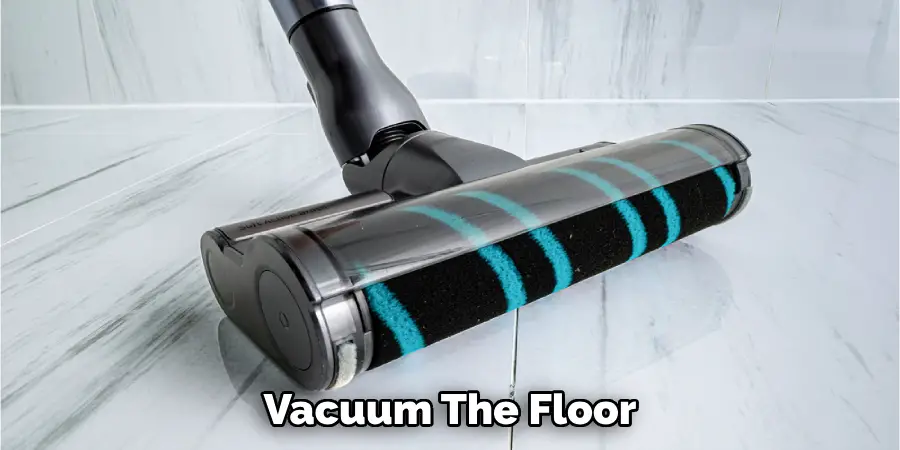
The first step to getting rid of sticky floors is to vacuum the floor. This will help remove dirt, dust, and debris that can make the floor feel sticky. Vacuuming will also help remove any loose particles that may be stuck to the floor. Additionally, vacuuming can help reduce allergens in your home by removing dust and other particles from the air.
2. Mop with Warm Water and Vinegar
Mop your sticky floors with a solution of warm water and vinegar. The acidity of the vinegar helps break down any sticky residue on the floors while also killing germs and bacteria. Additionally, it helps eliminate odors that may be lingering in your home due to sticky floors.
3. Use Baking Soda
Another method for getting rid of sticky floors is to sprinkle baking soda on them before mopping them with warm water and vinegar. The baking soda will act as an abrasive, helping to lift any stubborn residues off the floor without damaging them. Additionally, baking soda has natural deodorizing properties which can help reduce bad smells in your home caused by sticky floors.
4. Use Rubbing Alcohol
Rubbing alcohol is another effective way to get rid of sticky floors. Simply pour some rubbing alcohol onto a cloth or paper towel and wipe it over the affected area until all residue is removed. Be sure to use caution when using rubbing alcohol as it can be flammable and should not be used near open flames or heat sources such as stoves or ovens.
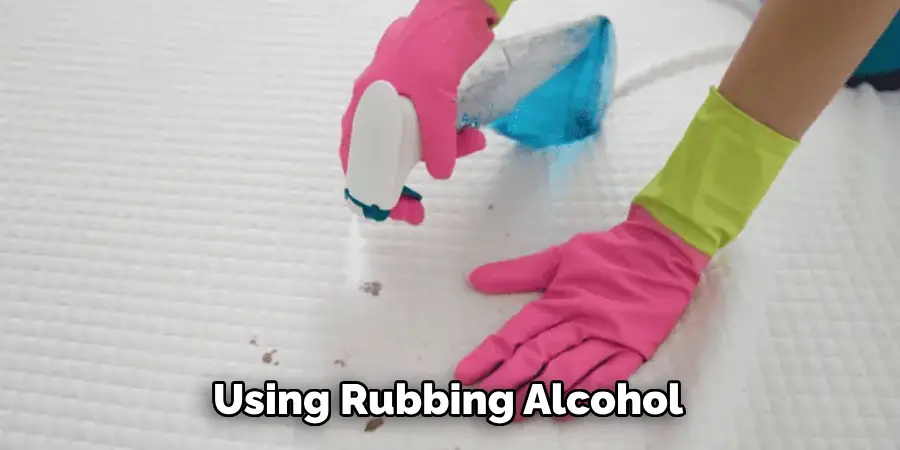
5. Use Mineral Spirits
Mineral spirits are a type of solvent that can be used to effectively remove sticky residue from hard surfaces like tile or linoleum floors without damaging them. Simply pour some mineral spirits onto a cloth or paper towel and rub it over the affected area until all residue is removed. As with rubbing alcohol, take care when using mineral spirits as they are flammable and should not be used near open flames or heat sources such as stoves or ovens.
6. Use Cooking Oil
Cooking oil can also be used to get rid of sticky floors without damaging them in the process. Simply pour some cooking oil onto a cloth or paper towel and rub it over the affected area until all residue is removed. Be sure not to use too much oil as this could leave behind an oily residue which could attract more dirt and dust in the future!
7. Use Laundry Detergent
Laundry detergent can also be used to get rid of sticky floors without damaging them in the process. Simply mix some laundry detergent into a bucket of warm water, then mop your floor with it until all residue is removed from its surface! Be sure not to use too much detergent as this could leave behind a soapy residue which could attract more dirt and dust in the future!
8. Use Soap Scum Remover
Soap scum remover is another great option for getting rid of sticky floors without damaging them in the process! Simply spray some soap scum remover onto a cloth or paper towel then rub it over the affected area until all residue is removed from its surface! Be sure not to use too much soap scum remover as this could leave behind an oily residue which could attract more dirt and dust in the future!
9. Use WD-40
WD-40 is another excellent option for getting rid of sticky floors without damaging them in the process! Simply spray some WD-40 onto a cloth or paper towel then rub it over the affected area until all residue is removed from its surface! Be sure not to use too much WD-40 as this could leave behind an oily residue which could attract more dirt and dust in future cleaning sessions!
10. Hire Professional Cleaners
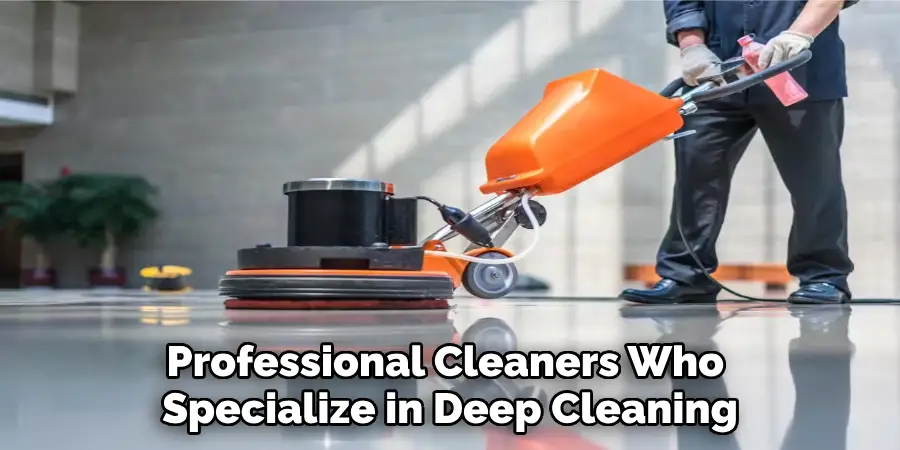
If none of these methods are successful at getting rid of your sticky floor problem, you may want to consider hiring professional cleaners who specialize in deep cleaning services for hard surfaces like tile or linoleum floors!
Professional cleaners have access to powerful cleaning equipment that can effectively remove even stubborn residues from hard surfaces like tile or linoleum floors without causing any damage during their cleaning session! Additionally, they can provide tips and advice on how to prevent sticky floors in the future.
Things to Consider When Getting Rid of Sticky Floors
When it comes to getting rid of sticky floors, there are a few things you need to keep in mind. Doing so will not only ensure that the process goes smoothly, but it will also help prevent any further damage to your floors.
First and foremost, it’s important to identify why your floors are sticky in the first place. Is it due to spills or stains? Is there a buildup of residue from cleaning products? Or is it simply due to everyday wear and tear?
Once you have identified the cause, you can then determine the best course of action for getting rid of the stickiness. For spills or stains, make sure to clean them up as soon as possible before they have a chance to dry and become even more difficult to remove. For residue buildup, try using a gentle cleaner or DIY solution to break it down and remove it from the surface of your floors.
It’s also important to take note of the type of flooring you have. Different types of flooring may require different cleaning methods and products. For example, hardwood floors may need to be treated with more care than tile floors, so be sure to research the best practices for your specific type of flooring.
In addition, be cautious when using harsh chemicals or abrasive cleaning tools on your floors. These can not only damage the surface of your floors but also pose a health hazard to you and your family. Always read the instructions on cleaning products carefully and opt for gentler options whenever possible.
Conclusion
All in all, effectively getting rid of sticky floors can require a bit of elbow grease and a detailed knowledge of the best products to use. However, with determination and the right approach, you’ll soon be able to make your floor less sticky and more hygienic.
Whether you choose to use natural cleaning methods or opt for specialized cleaning products, start tackling those sticky spots as soon as you can to restore good hygiene levels in your home. With these tips at hand, you’ll be well on your way to successfully learning how to get rid of sticky floors!

